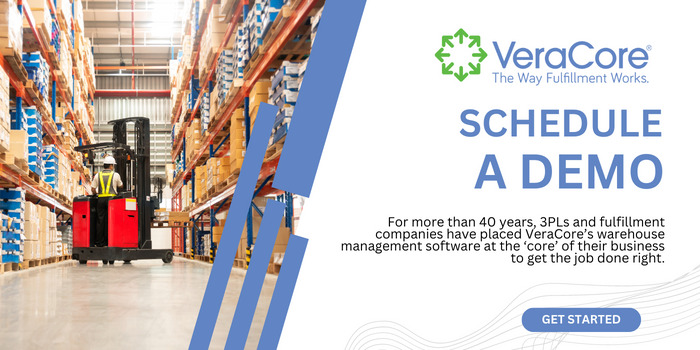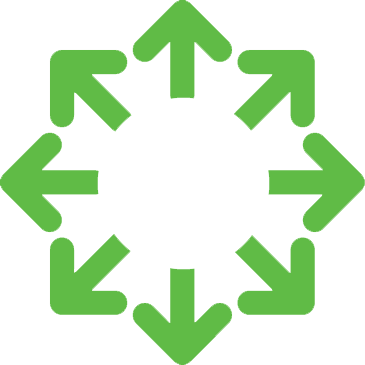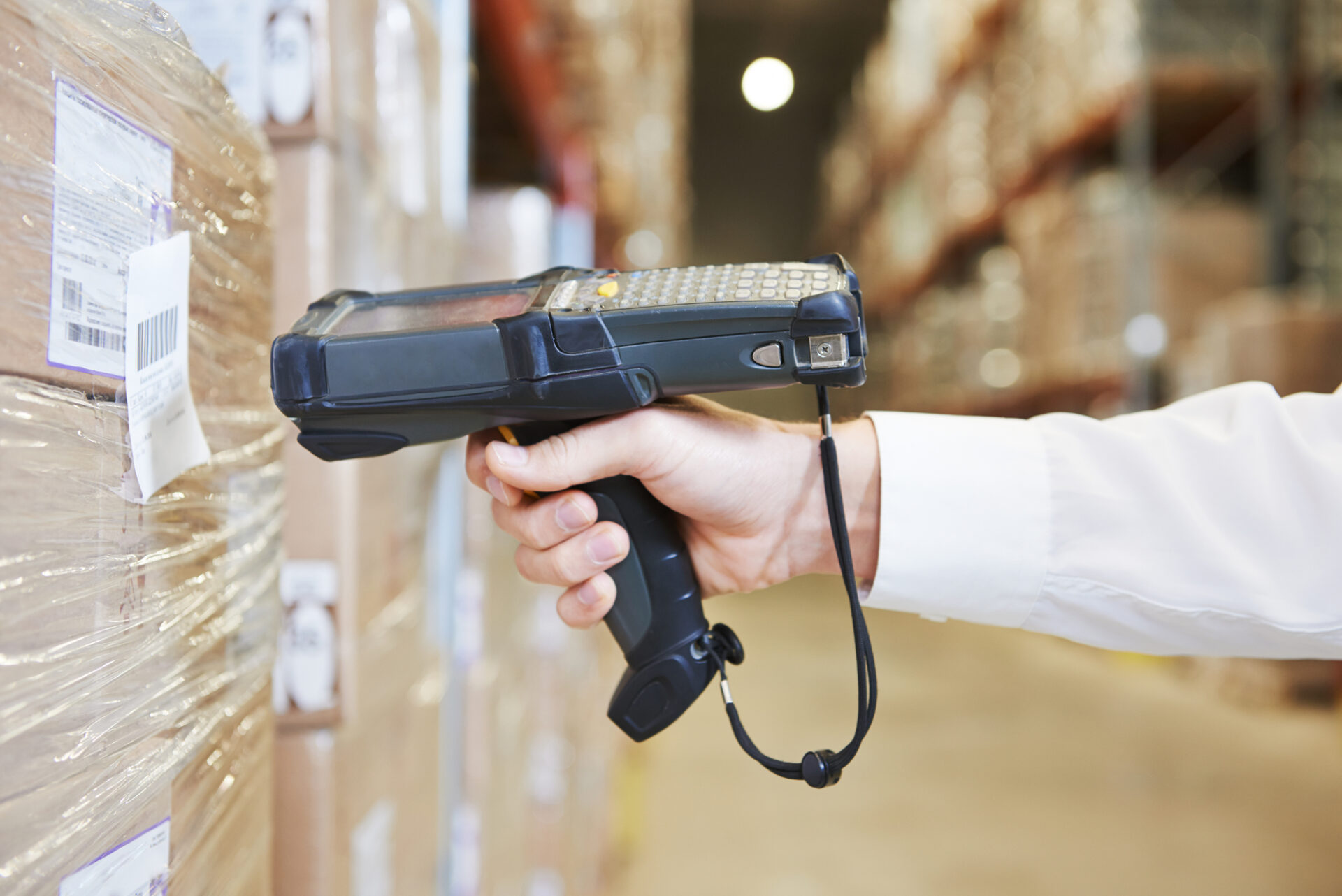As a 3PL manager, you know human error is the biggest disruptor of any warehouse. When depending strictly on human expertise, third-party logistics providers increase the risk of time-wasting, costly mistakes, and delays. Here we look at 5 reasons why relying solely on human expertise in 3PL can be risky and how incorporating technology and automation helps overcome common efficiency challenges.
1. Imperfect Storage Strategies
3PLs certainly have the expertise to come up with storage strategies. However, human expertise alone misses opportunities to implement practices that overcome imperfections and reduce picking errors. Using technology makes it easier for you to include the following best practices:
- Easy review of improved storage strategies as order patterns, SKUs, and other changes impact current effectiveness
- Monitoring the fastest moving items to ensure they are easily accessible and placed closest to packing and shipping areas
- Introducing verification and order-checking processes to reduce picking errors and ensure SKUs are placed in the most logical locations
- Identifying better strategies to separate common items and parts commonly picked together yet are too similar in appearance, which increases picking errors
- Identifying multi-pick locations to create a central site for each SKU
2. Ongoing Picking Errors
Although picking errors are a given, you can reduce order-picking mistakes by leveraging the following technology:
- Autonomous mobile robots (AMRs): AMRs support humans in high-volume, larger warehouses. They speed up pick rates without compromising efficiency and reduce travel time. They also reduce the physical burden of heavy, large orders and can lead pickers throughout the warehouse using optimized routes.
- Error triggers: Warehouse management software can be programmed based on specific criteria to trigger mistakes throughout the fulfillment process.
- Pick-to-light and put-to-light technology: Pick-to-light and put-to-light technologies light up LEDs on racks and shelves when an order is received, guiding pickers to the correct locations. Also, barcode scanners scan shipping cartons designated to hold the order, coordinating the entire process.
3. Poor Labelling and Identification
Poor labeling and identification increase the risk of picking errors and interfere with the order-checking process. Technology ensures labels are printed and applied to the right SKU and locations in the warehouse while coordinating order pick lists with the correct bar code SKUs. As a result, you reduce errors and make the most of barcode and scanning technology.
4. Inaccurate Inventory
Managers don’t have the capacity to count inventory in real-time. Using scanning technology, you can access real-time counts, which can also be tied to order systems, providing customers with real-time counts. Also, an entirely automated receiving system reduces the chance of errors when stocking shelves. Efficiency is greatly improved by ensuring a) Mistakes don’t happen at the putaway stage, b) counts are accurate to reflect actual inventory in stock for customers, and c) inventory counts are accurate to improve inventory planning.
You can streamline replenishment processes by making it easier for associates to find suitable locations. Finally, real-time inventory checks improve inventory planning, reducing the need for human predictions. By using real-time reporting that tells them what products move fast and what items don’t sell and take up space, you can improve product allocation. As a result, your 3PL becomes a valuable resource, sharing inventory insights with clients and allowing them to discount slow-selling items and make room for higher sellers.
5. Lack of Accountability
Associate IDs allow 3PLs to track associate errors and performance. This improves accountability and helps identify associates who might require further training. Managers can also look for signs of fatigue that increase errors. You can also spot your top performers and determine why associates aren’t meeting their quotas.
Order IDs also come in handy to track orders from the moment the order is received until it reaches its destination. Improved accountability ensures managers know who is doing what and how their performance hinders customer service. As a result, you help improve your client’s level of customer service and reduce the risk of disrupting revenue streams due to errors at the last steps of the supply chain.
Why 3PLs Need Technology
Leveraging technology reduces dependence on human expertise, providing 3PL managers with the following benefits:
- Improved storage strategies
- Superior routing to reduce pick times
- Scanning and labeling capabilities to improve order putaway and picking processes
- Improved accountability to optimize team performance
- Streamlined warehouse processes to maximize productivity and efficiency in the final stages of the supply chain
- Improved client customer service
Using the right technology, from warehouse management software to scanning equipment and AMRs to technology-driven best practices, reduces reliance on human expertise and improves overall fulfillment performance in 3PL warehousing.


VeraCore is SaaS order and warehouse management software trusted by top fulfillment companies and 3PLs. Affordable, flexible, easy to use; VeraCore is everything you need to keep clients happy and run a lean operation.
With VeraCore, you can grow your business and handle any challenge with ease. Rules-based automation enables you to control all aspects of your warehouse operation and satisfy each of your clients’ unique requirements.
Hundreds of fulfillment service providers and 10,000+ fulfillment clients place VeraCore at the “core” of their business to get the job done right, for over 40 years.


